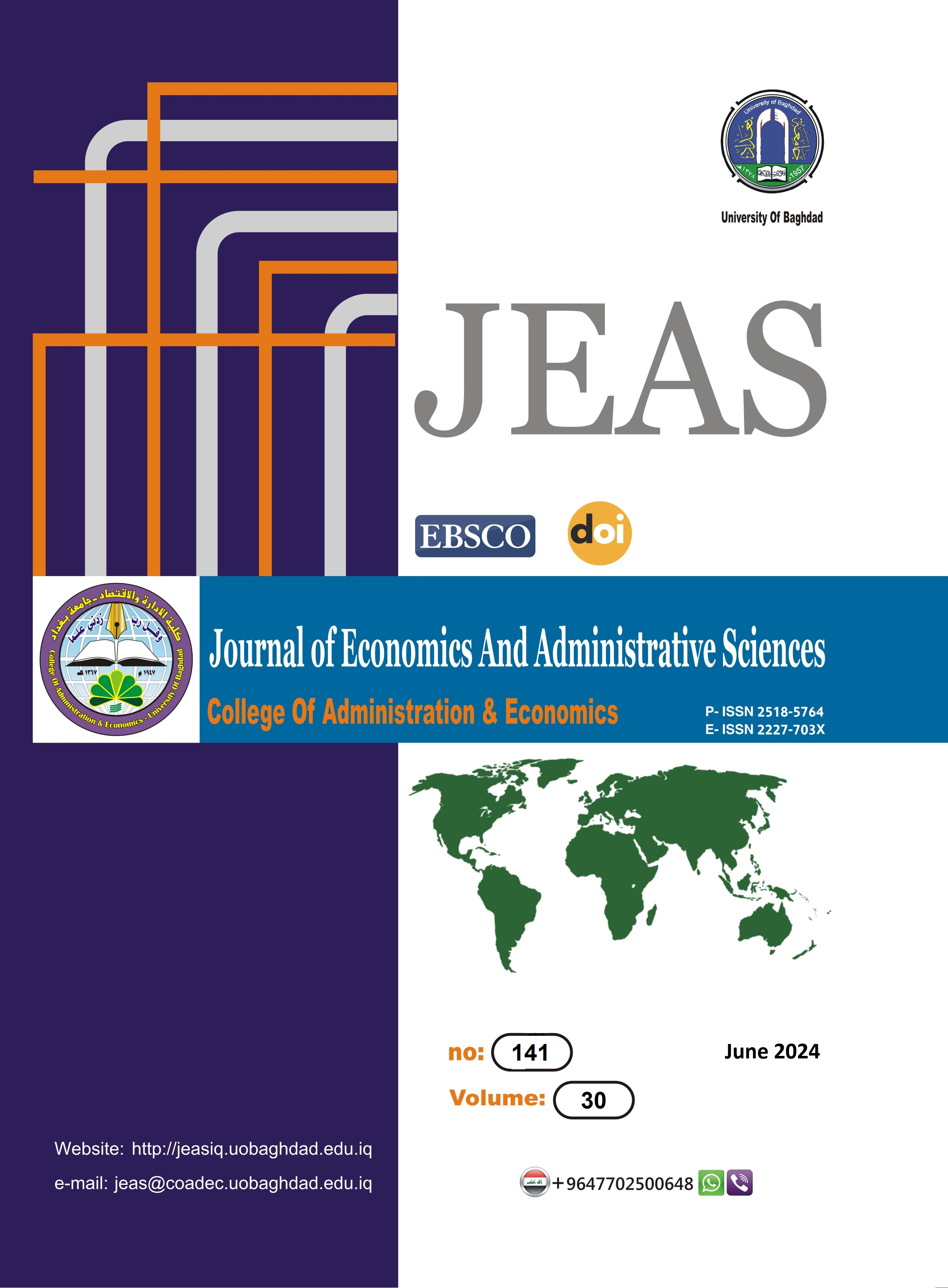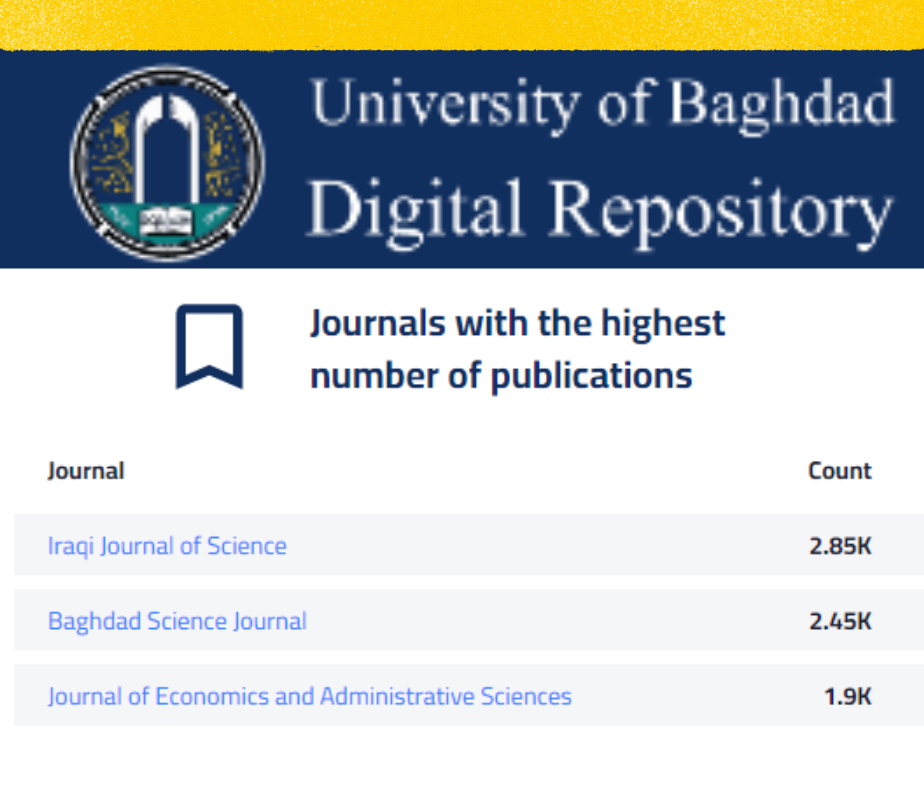Impact of Public Debt Refinancing Techniques on Managing Public Budgeting in Iraq: An Analytical Study
DOI:
https://doi.org/10.33095/64gw4b47Keywords:
Public Debts, Refinancing Techniques, Managing Public Budgeting.Abstract
The use of public debt by the state as a primary financial instrument is an essential strategy for directing economic activity, ensuring economic stability, and fostering economic growth. Despite this, as the levels of public debt continue to climb, governments are increasingly resorting to debt refinancing methods that are focused on either replacing or rescheduling current debt or converting to a new kind of creditor via investment and securitization investment vehicles to relieve the burden of their debt. Utilization of these instruments is essential for effective management of the overall budget. The discovery that debt scheduling and the debt sustainability index impact the accomplishment of fiscal surpluses and maximizing public revenues informed the study's results in Iraq, which inspired the conclusion that debt refinancing methods and general budget advice are connected. In order to reduce public debt with the possibility of eliminating it, to take advantage of the time it gives to initiate a strategy for investing in projects that contribute to increasing public revenues through which that debt can be repaid, to achieve sustainable economic growth, and to reduce the budgetary deficit, the author of the study recommended that the mechanism of scheduling public debt in its entirety and not just a part of its structure be implemented. Implementing the technique of scheduling public debt in its totality rather than simply a portion of its structure may help achieve these aims.
.
Downloads
Published
Issue
Section
License
Copyright (c) 2024 Journal of Economics and Administrative Sciences

This work is licensed under a Creative Commons Attribution-NonCommercial-NoDerivatives 4.0 International License.
Articles submitted to the journal should not have been published before in their current or substantially similar form, or be under consideration for publication with another journal. Please see JEAS originality guidelines for details. Use this in conjunction with the points below about references, before submission i.e. always attribute clearly using either indented text or quote marks as well as making use of the preferred Harvard style of formatting. Authors submitting articles for publication warrant that the work is not an infringement of any existing copyright and will indemnify the publisher against any breach of such warranty. For ease of dissemination and to ensure proper policing of use, papers and contributions become the legal copyright of the publisher unless otherwise agreed.
The editor may make use of Turnitin software for checking the originality of submissions received.













 How to use the OJS system
How to use the OJS system 











